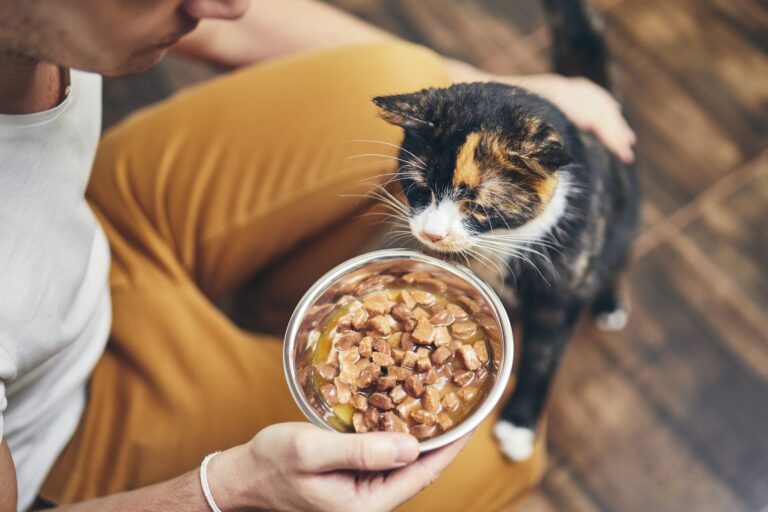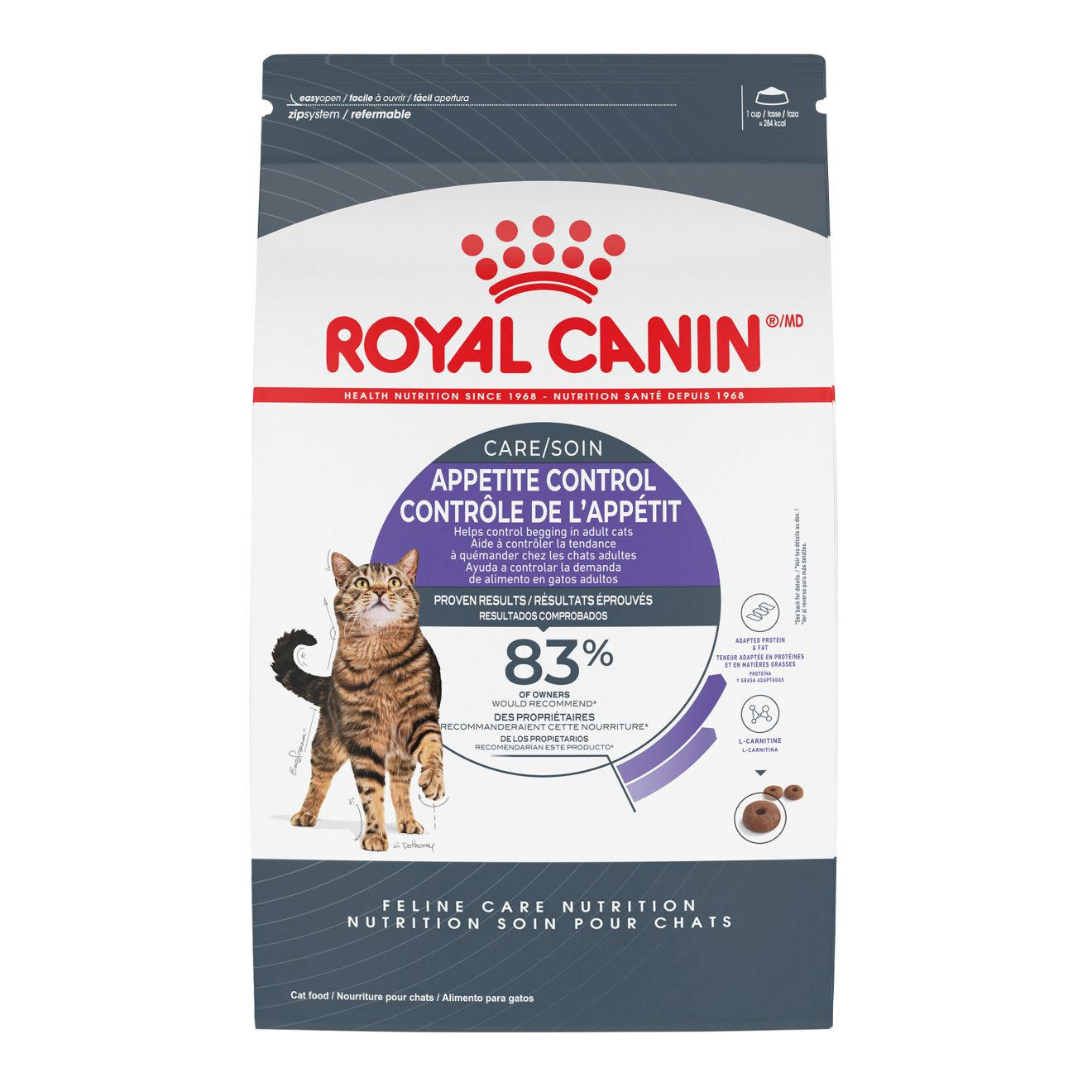
Reviving Your Feline Friend’s Appetite: A Guide to Food for Cats with Low Appetite
As a loving cat owner, nothing is more concerning than watching your feline companion turn away from their food bowl. A decreased appetite can be a sign of an underlying health issue, stress, or simply a case of feline pickiness. Understanding the potential causes and knowing how to tempt your cat back to eating is crucial for their health and well-being. This guide explores the reasons behind a cat’s loss of appetite, and provides practical tips and food options to stimulate their hunger.
Understanding Why Your Cat Isn’t Eating
Before rushing to change your cat’s diet, it’s essential to understand why they’re not eating. The causes can range from minor to serious, so it’s always best to consult with your veterinarian to rule out any underlying medical conditions. Here are some common reasons for a cat’s decreased appetite:
-
Medical Issues:
- Dental Problems: Dental disease, such as gingivitis or tooth abscesses, can make eating painful.
- Kidney Disease: A common ailment in older cats, kidney disease can cause nausea and loss of appetite.
- Liver Disease: Similar to kidney disease, liver problems can lead to a decreased appetite.
- Gastrointestinal Issues: Inflammatory bowel disease (IBD), pancreatitis, or tumors in the digestive tract can cause discomfort and loss of appetite.
- Infections: Upper respiratory infections can affect a cat’s sense of smell, making food less appealing.
- Hyperthyroidism: An overactive thyroid can sometimes cause a cat to become finicky about food.
-
Behavioral and Environmental Factors:
- Stress and Anxiety: Changes in the environment, such as moving, new pets, or loud noises, can cause stress and suppress appetite.
- Picky Eating Habits: Some cats are simply finicky eaters and may refuse food if they don’t like the taste, texture, or smell.
- Boredom: Eating the same food every day can lead to boredom and decreased interest in meals.
- Competition: In multi-cat households, competition for food can cause some cats to eat less.
-
Medications:
- Some medications can have side effects that include decreased appetite or nausea.
Strategies to Tempt Your Cat to Eat
Once you’ve consulted with your veterinarian and ruled out any serious medical issues, you can try the following strategies to stimulate your cat’s appetite:
-
Warm the Food:
- Heating wet food slightly can enhance its aroma, making it more appealing to your cat. Be sure the food is not too hot to avoid burning your cat’s mouth.
-
Offer Different Textures and Flavors:
- Experiment with different types of food, such as wet, dry, or semi-moist. Try various flavors like chicken, fish, or beef to see which one your cat prefers.
-
Hand-Feeding:
- Sometimes, all it takes is a little extra attention to encourage your cat to eat. Try hand-feeding small amounts of food to stimulate their appetite.
-
Elevated Food Bowl:
- An elevated food bowl can make eating more comfortable for cats with arthritis or other mobility issues.
-
Reduce Stress:
- Create a calm and comfortable environment for your cat. Provide a safe space where they can retreat to when feeling stressed or anxious.
-
Separate Feeding Areas:
- In multi-cat households, provide separate feeding areas to reduce competition and stress during meal times.
-
Fresh Food and Clean Bowls:
- Cats are very sensitive to smells. Make sure their food is fresh and the bowls are clean.
-
Use Appetite Stimulants (Under Veterinary Guidance):
- In some cases, your veterinarian may prescribe appetite stimulants to help increase your cat’s hunger.
Food Options for Cats with Low Appetite
Choosing the right food is crucial for stimulating your cat’s appetite and providing them with the necessary nutrients. Here are some food options to consider:
-
Highly Palatable Wet Food:
- Wet food is often more appealing to cats due to its strong aroma and soft texture. Look for high-quality wet food with a high protein content and minimal fillers.
- Examples:
- Royal Canin Feline Health Nutrition Intense Beauty Wet Cat Food: Known for its palatability and balanced nutrition.
- Hill’s Prescription Diet a/d Urgent Care: A veterinary-grade food designed for cats recovering from illness or surgery, highly palatable and nutrient-dense.
- Purina Fancy Feast Gravy Lovers: Many cats find the gravy texture and flavors irresistible.
-
Homemade Cat Food (with Veterinary Guidance):
- Preparing homemade cat food can be a great way to ensure your cat is getting fresh, wholesome ingredients. However, it’s essential to consult with your veterinarian or a veterinary nutritionist to ensure the diet is balanced and meets your cat’s nutritional needs.
- Ingredients to Consider:
- Cooked chicken, turkey, or fish
- Cooked rice or sweet potato
- Small amounts of cooked vegetables like peas or carrots
- Taurine supplement (essential for cats)
-
Nutritional Supplements:
- Nutritional supplements can help provide essential nutrients and stimulate appetite.
- Examples:
- Nutri-Cal High-Calorie Nutritional Gel: A high-calorie supplement that provides extra energy and nutrients.
- Tomlyn Nutri-Stat Nutritional Supplement: A palatable gel that provides essential vitamins and minerals.
-
Hydration is Key:
- Dehydration can further decrease appetite, so ensure your cat has access to fresh, clean water at all times. If your cat isn’t drinking enough, try offering wet food or adding water to their dry food.
When to Seek Veterinary Advice
It’s important to consult with your veterinarian if your cat’s loss of appetite persists for more than 24 hours, or if they exhibit any of the following symptoms:
- Lethargy
- Vomiting
- Diarrhea
- Weight loss
- Changes in behavior
Your veterinarian can perform a thorough examination to determine the underlying cause of your cat’s decreased appetite and recommend the appropriate treatment.
Conclusion
A cat’s loss of appetite can be a worrying sign, but with the right approach, you can often tempt your feline friend back to eating. By understanding the potential causes, implementing strategies to stimulate appetite, and choosing the right food options, you can help your cat regain their hunger and maintain a healthy, happy life. Always consult with your veterinarian to rule out any underlying medical conditions and ensure your cat receives the best possible care.

